Why cleaning HRV units is so important
When any machine has its normal operation hampered, it will reduce its efficiency and ability to function properly. Many of us are probably guilty of forgetting about basic maintenance of some of the mechanical equipment in our homes; keeping your HRV (heat recovery ventilator) clean would be a good thing to keep high on the priority list.
When I say ‘many of us’ are guilty of slacking off a bit, I include myself in that group, but after a recent discovery I will certainly up my game. I usually inspected and cleaned the filter on my HRV about once a year, likely a bit less frequently to tell the honest truth. And when I do it, I inevitably tell myself to come sooner next time.
I have an HRV system in my home that is more intended to service the main floors and much less the unfinished basement that we rarely use. By no means is this an ideal set up, but it was done before radon gas showed up on my radar.
I recently had my air tested and discovered that the radon levels in the basement were significantly higher than Health Canada’s recommended safe levels. Despite having an air exchanger for the upper living areas, the natural stack effect of warm air rising means that air from the basement will find its way to the upper floors.
So I had a new HRV system installed that is dedicated to the basement to reduce the radon level. We also installed a Radostat, which is a continuous radon monitor that activates the HRV system when levels hit 150 Bq/m3, which is 50 lower than Health Canada’s current radon guideline of 200 Bq/m3.
With the help of Environment Canada, we have been monitoring the radon levels in the home which are now about 80% lower. We will continue to adjust the flow-rates as well to be sure the air pressure in the house is well balanced.
What we found when we opened the HRV core
After giving the system a couple of weeks to operate and get an accurate reading of radon levels, we made the first system alterations. I was surprised when we opened the machine to see how much debris there was after 3 weeks.

I live in a wooded area where there is a healthy amount of flying insects, many of which found their way into the HRV as seen in the above image.
The filter was also dirtier than I expected
There was not enough debris (or dead bugs) on the core to make a difference in performance, but it did indicate to me that my current cleaning schedule for my other machine was not frequent enough.
The filter was also dirtier than I expected in such a short time, further convincing me that a five minute cleaning every few months was a good idea.
The installers had done similar radon mitigation systems in the past, and recounted a story to me of getting a call back from an angry client from several years before. The system they installed had at first done its job and lowered radon levels, but a recent radon test showed levels to be several times higher than the original readings before mitigation.
How to clean HRV cores and filters:
- First check the air intake to make sure it is clear of debris
- Open the main hatch on the HRV unit, the core and filters should be fairly easy to remove. Pay attention to how they come out to ensure they go back in in exactly the same position.
- If the core is not very dirty, it may only take brushing it or a pass with a vacuum.
- A very dirty core can be taken out and rinsed in a large basin of water if necessary. *important: this is for HRV’s only – An ERV (Energy recovery ventilator) would be damaged if submerged in water.
- Filters can also be vacuumed or washed if necessary.
- Be careful not to move the damper adjustments as that may affect the air balance.
How fast your filter and core will get dirty depends on your local air quality. Living near heavy traffic or close to dusty roads could require more frequent cleaning than in a low traffic area. It can take as little as one leaf blowing by and getting sucked against the filter to cut your air intake by an easy third, so keep an eye out in the fall.
If checking and cleaning mechanical equipment is not your thing, contact a local HVAC company (heating, ventilation and air conditioning) and have it be part of a regular maintenance of furnaces, air conditioners or even a chimney cleaning. Regular servicing is worth the money; it will pay for itself through less wear and a longer lifespan of equipment, but also in more efficient operation, and above all, healthier indoor air quality.
Now you know more about maintenance for home ventilation systems. Find all you need about indoor air quality in the Ecohome Green Building Guide, or see these pages:
And sign up here for a free Ecohome Network Membership and promote your business for free! |























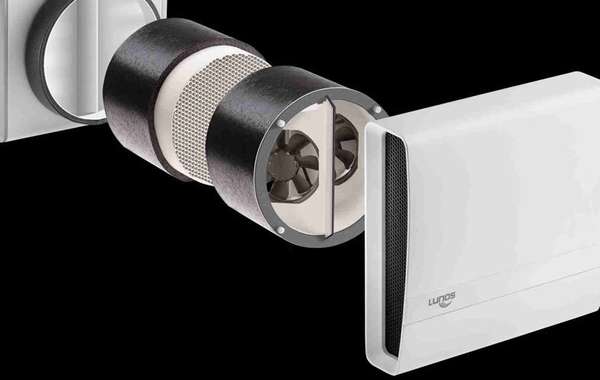

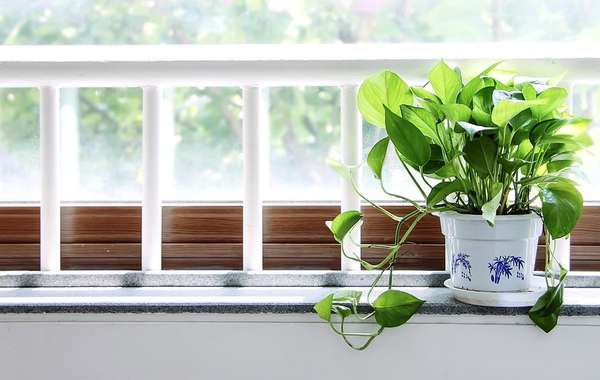
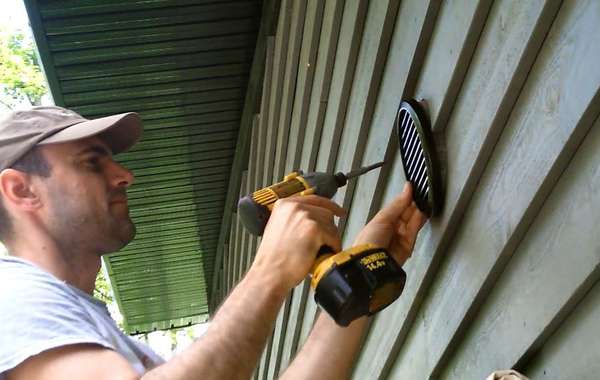

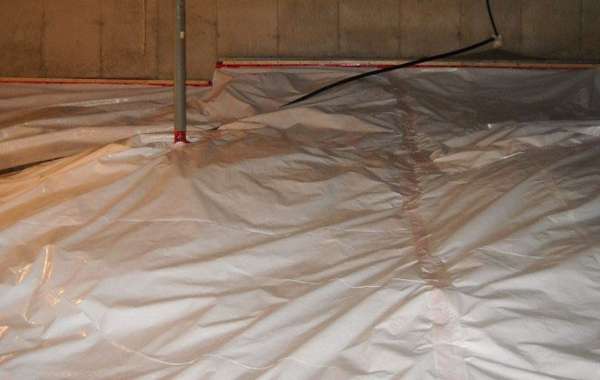
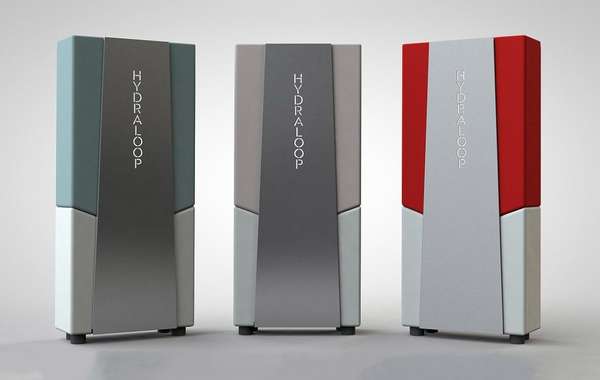

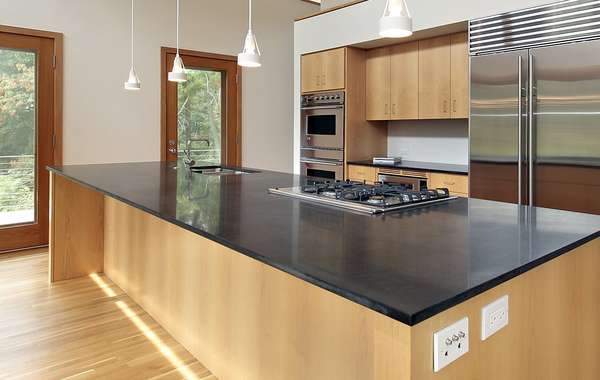
Great articles but this light gray font is very dofficult to read due to poor contrast with the white background. What is so trendy about gray that the functional use of black text is ignored?